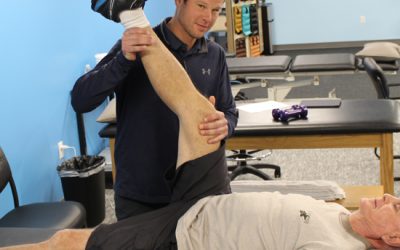By SARAH HURLEY, DPT

Pickleball has been reported as one of the fastest-growing sports among the adult population in recent years. Whether its popularity stems from the exercise it offers, its resemblance to tennis, or the camaraderie it fosters during matches, many enthusiasts find it addictive. As expected, with the game’s increasing popularity, there has been a rise in the number of injuries associated with pickleball.
Lower extremity injuries, such as muscle strains, ligament sprains, and fractures, were among the top reported injuries leading to emergency room visits.1 Slips, trips, and falls are identified as the primary causes of these injuries. While we don’t intend for this information to discourage you from enjoying this endearing game, we strongly recommend taking an active approach to injury prevention by following our three suggestions.
Firstly, prioritize enhancing your balance. Incorporate activities like balancing on one foot for 30 seconds into your daily routine, such as during tooth brushing, dishwashing, or commercial breaks. Once you’ve mastered this, challenge yourself by passing a small, weighted object (only 2-5 pounds) between your hands in various positions. Increase the difficulty by performing these exercises on an unstable surface like a carpet, yoga mat, or pillow. The objective is to refine your balance and minimize the risk of injury, so ensure you’re close to a wall or sturdy object for support if needed.
Secondly, engage in cross-training. This entails exercising in ways beyond just playing pickleball to prevent muscle imbalances. Incorporate fundamental exercises such as squats, lunges, and core strengthening exercises into your routine. Strengthening your legs and core can offer better support for the dynamic movements in pickleball, reducing the risk of lower extremity injuries. Additionally, include flexibility exercises, such as pre- and post-play stretching, to enhance joint mobility and decrease the likelihood of strains or sprains.
Third, focus on proper footwear. Many slips, trips, and falls in pickleball can be attributed to inadequate footwear. Ensure that you wear supportive, non-slip shoes with good traction on the court. Make sure your shoes fit well and provide stability for lateral movements, as pickleball involves quick side-to-side actions that can strain your ankles and feet.
It’s important to listen to your body and not push yourself too hard, especially if you’re new to the sport or returning after a break. Start with a proper warm-up, including light cardiovascular activity and dynamic stretching, to prepare your muscles for the demands of the game.
If you experience any discomfort or pain, don’t ignore it. Addressing minor issues early on can prevent them from becoming more serious injuries. Consider consulting with us at Rye Physical Therapy for personalized advice and exercises tailored to your specific needs!
References:
- Casals M, Jimenez S, Caparros T, Martínez-Gallego R, Baiget E. Scoping review and quality of studies on the epidemiology of pickleball injuries. Apunts Sports Medicine. 2023;58(217):100403. doi:10.1016/j.apunsm.2023.100403




